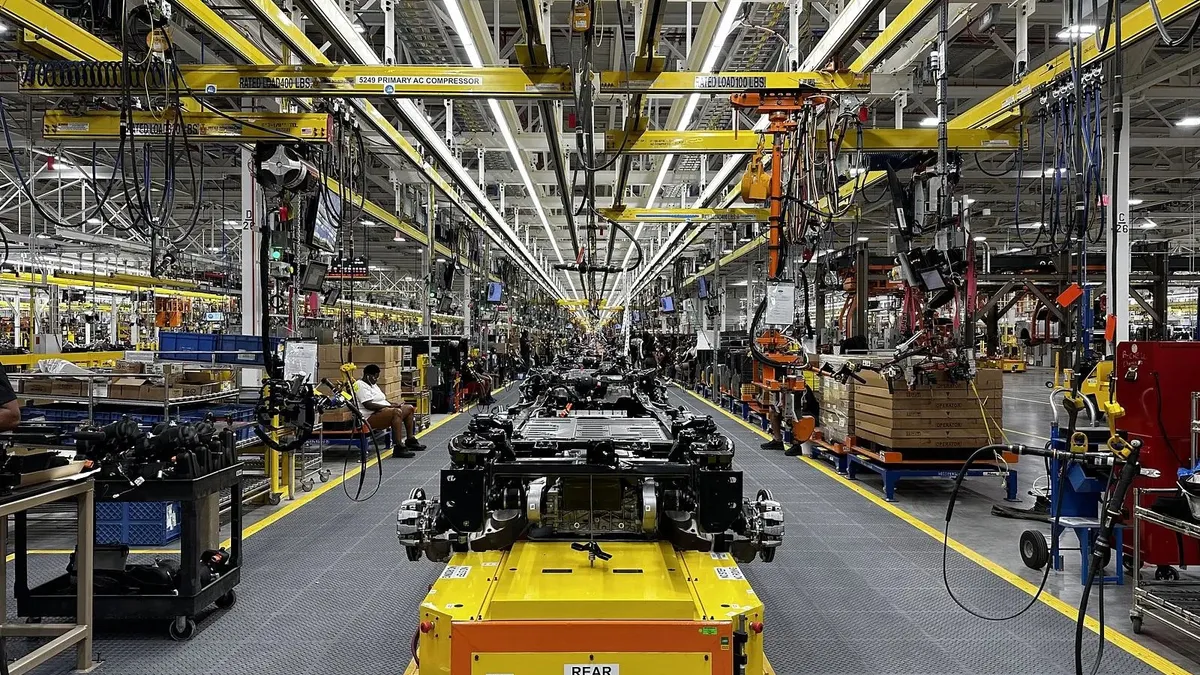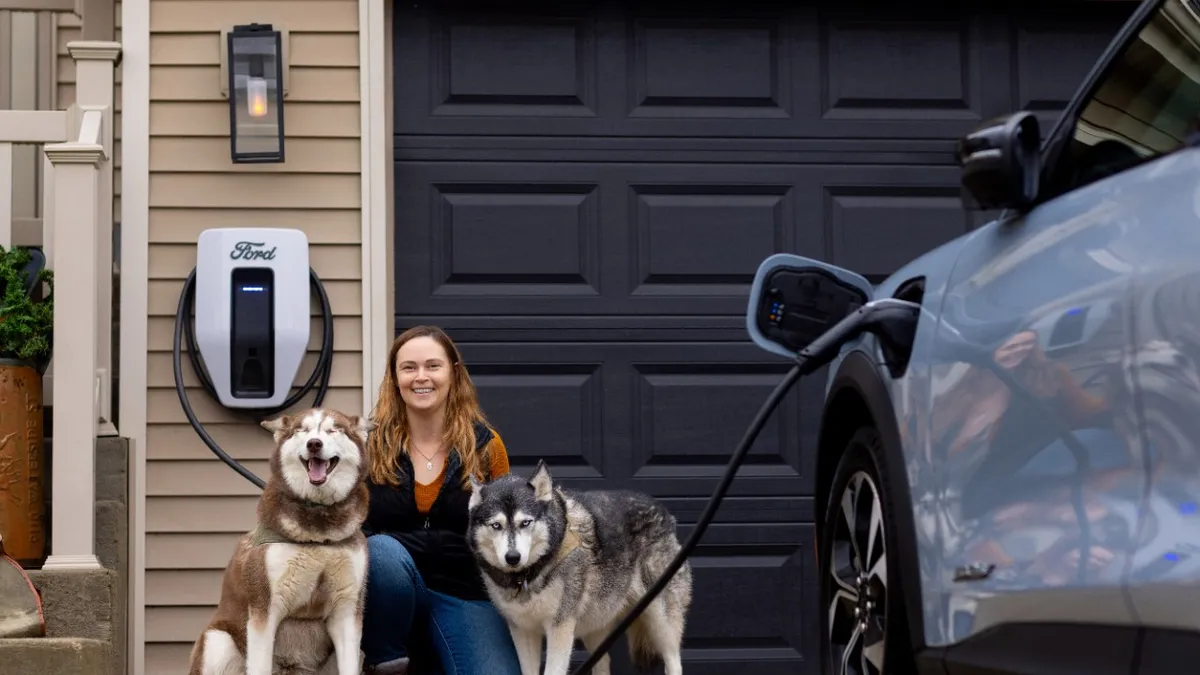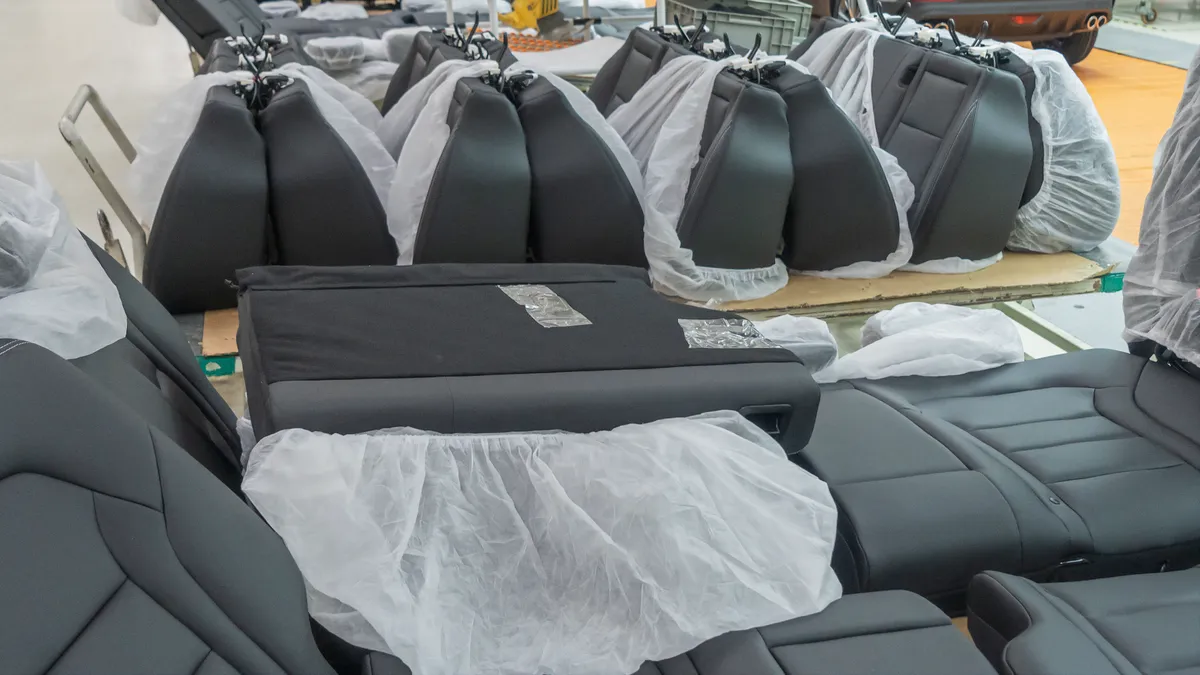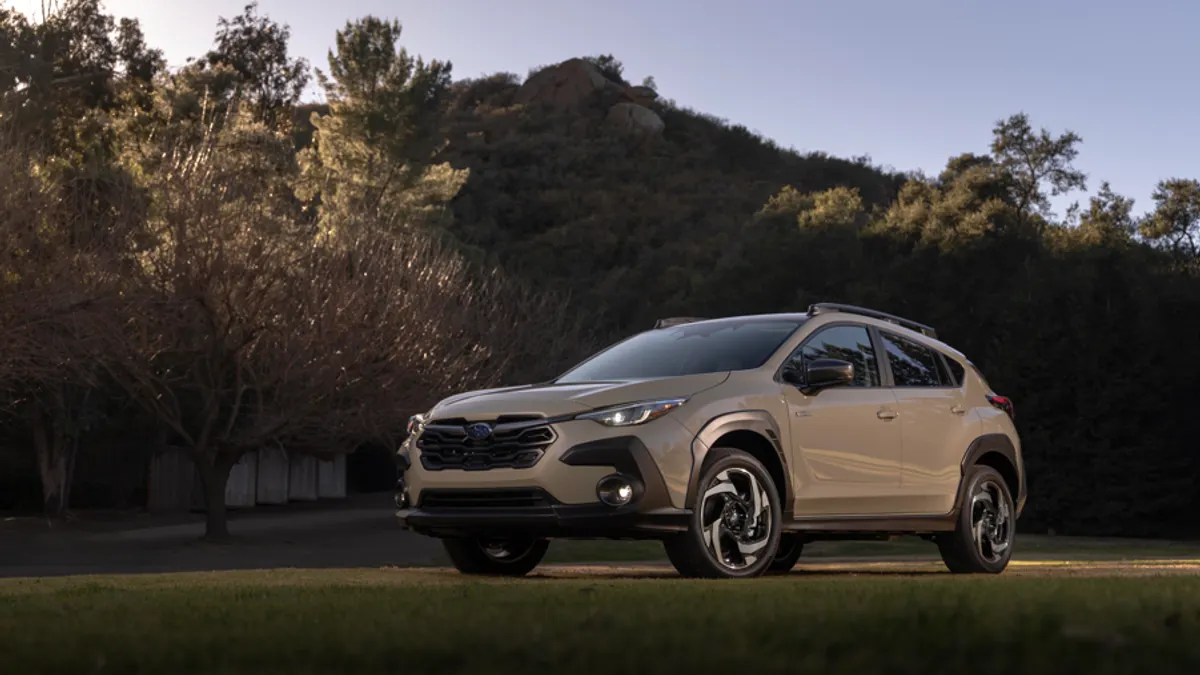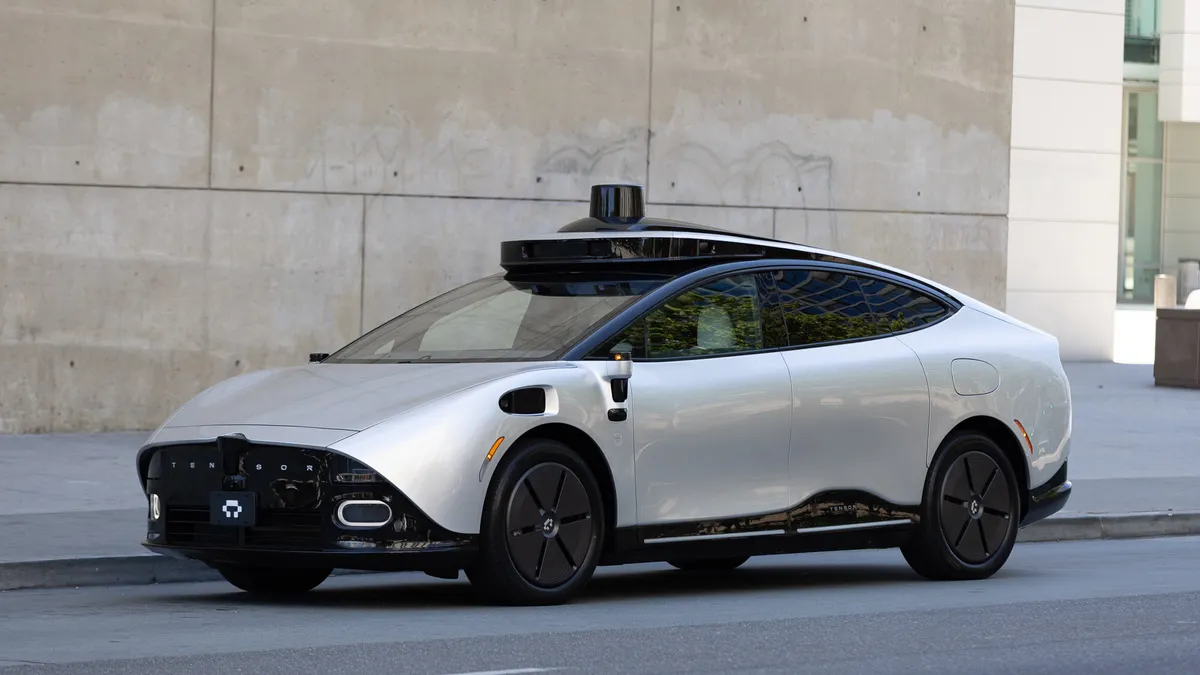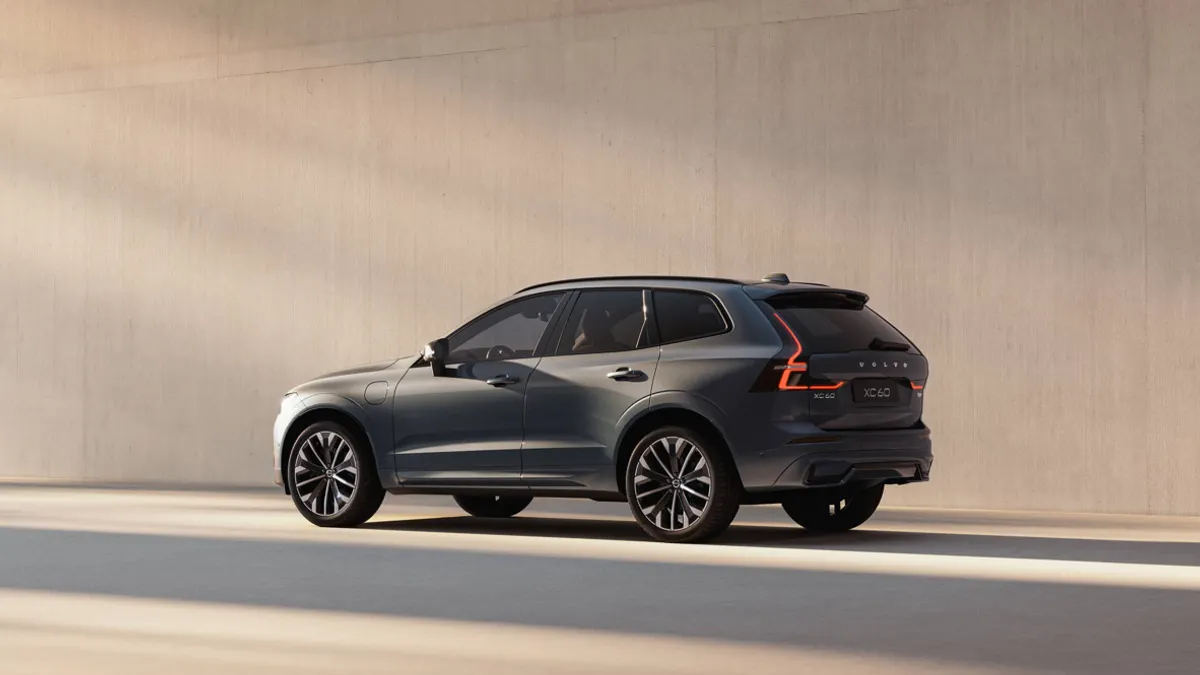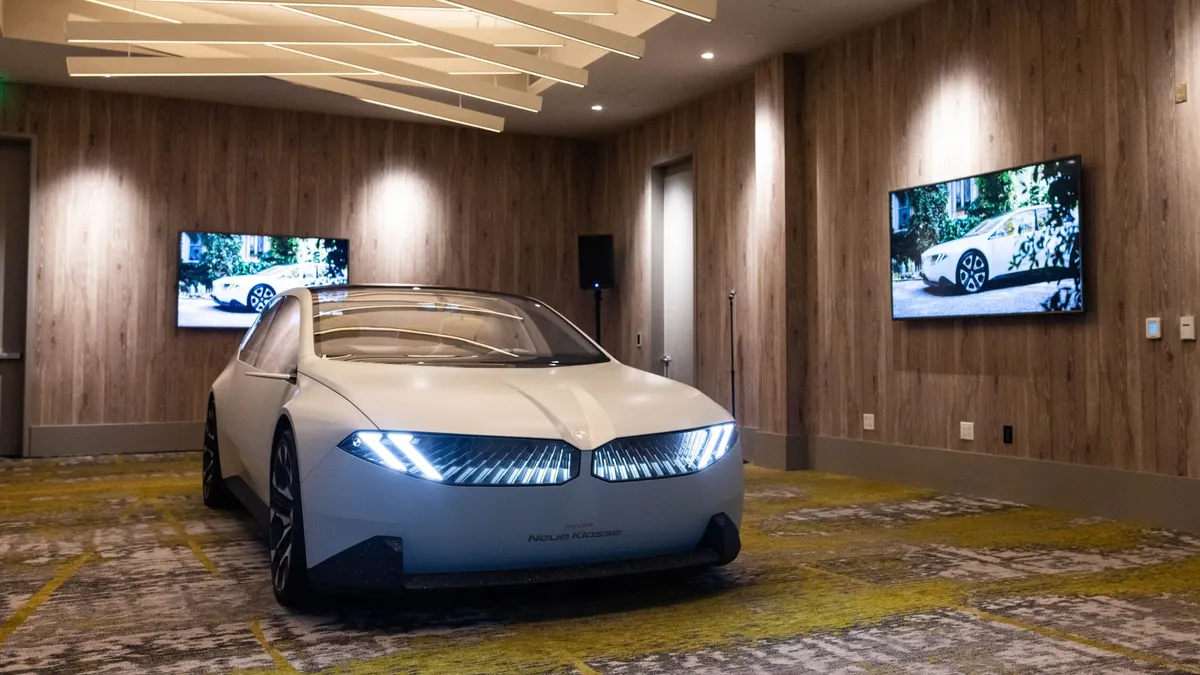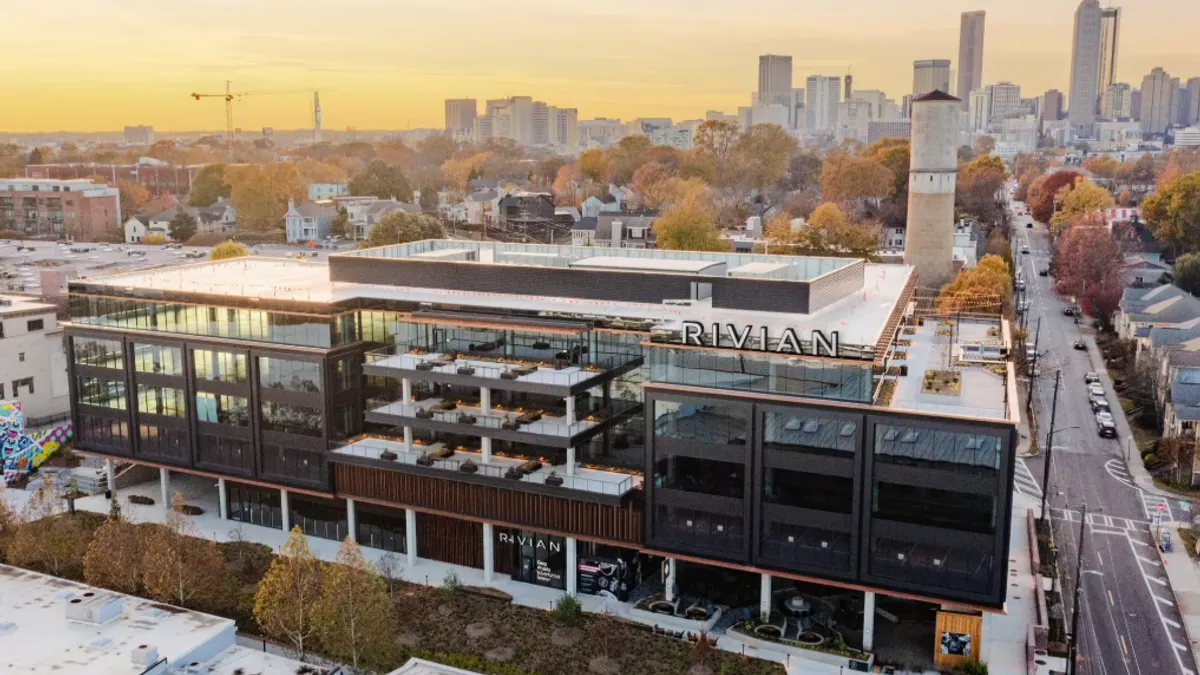In 2019, General Motors closed its longtime assembly plant in Lordstown, Ohio, cutting roughly 1,500 jobs. Three years later, in 2022, an electric vehicle battery joint venture between GM and South Korean company LG Energy Solutions, dubbed Ultium Cells, opened in Lordstown, where the $15.50 hourly starting wage was roughly half the top pay of a GM assembly worker.
But in 2023, because of labor contracts recently ratified between the United Auto Workers union and the Big Three automakers — GM, Ford Motor Co. and Stellantis — laid-off Lordstown assembly workers can now transfer to Ultium’s Lordstown battery plant. Instead of making $15.50 per hour, they’ll be covered under the UAW master agreement, the same contract as assembly workers.
The greatest effect of the new contracts on automakers and their joint venture partners will likely be “an increase in costs.”

Mark Wakefield
Co-leader of the global automotive and industrial practice at AlixPartners
While the recent UAW strike was not about the EV transition, the subject loomed over the contract negotiations. After six weeks of striking, the UAW reached a tentative agreement with Ford in late October. Less than three weeks later, the UAW’s membership ratified contracts with the Big Three.
For EV battery plants — almost all of which have not yet opened — the key provision is that battery workers can unionize under the UAW master agreement that covers assembly jobs. According to Arthur Wheaton, director of labor studies at Cornell University’s School of Industrial and Labor Relations, the lowest-paid auto industry workers, including those employed by battery plants, were the biggest winners.
As a result, the greatest effect of the new contracts on automakers and their joint venture partners will likely be “an increase in costs,” said Mark Wakefield, co-leader of the global automotive and industrial practice at AlixPartners.
The UAW deals don’t affect EV battery joint ventures directly
Of course, while it’s likely that workers will choose to unionize, most battery plants have not been built yet, and there are no workers to organize and vote to join a union, Wheaton said.
However, the deals “don’t directly affect [the] joint ventures” because the newly union-eligible workforces will take time to materialize, Wakefield said.
Only GM and Stellantis agreed to cover all EV battery plant workers under the UAW master agreement. The two companies even agreed to allow workers to unionize via “card check,” meaning they would voluntarily recognize a union if most workers wanted one.
At Ford, however, things “could get ugly,” UAW President Shawn Fain said in a November interview with Bloomberg.
During the strike, battery plants were a sticking point for Ford. In September, Ford CEO Jim Farley said that the union was “holding the deal hostage over battery plants” because the UAW wanted battery plant workers to be part of the master agreement.
Even without a Ford contract provision promising union support at every plant, the win “puts pressure on all of the battery makers in terms of their wages and benefits,” Wheaton said. During the strike, and days after GM said battery plants could be part of the master agreement, the joint venture between Ford and SK Innovation raised planned wages at the future plants in Kentucky and Tennessee.
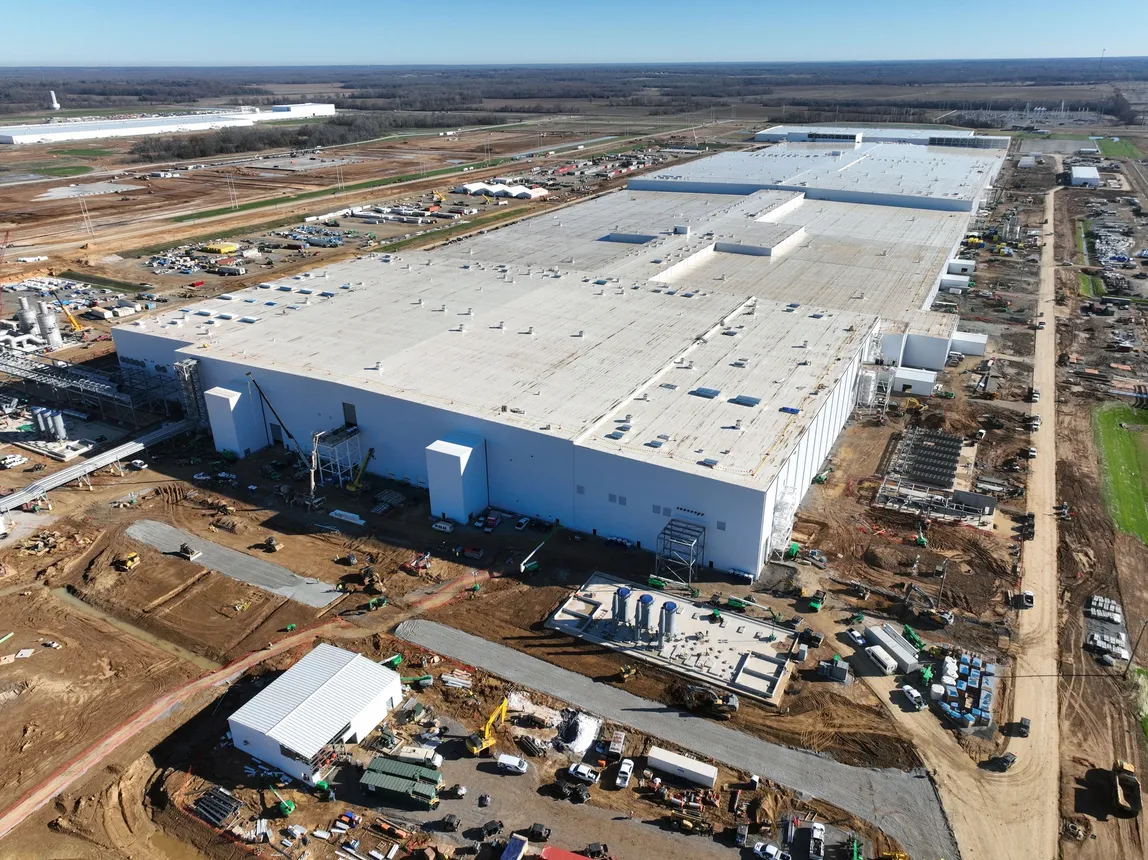
Ford also agreed that future workers at their Marshall, Michigan battery plant — still under construction — could be covered under the UAW master agreement and that “surplus” Ford workers at other facilities could transfer there. The plant is set to open in 2026 as part of a collaboration with a Chinese company, Contemporary Amperex Technology Co.
The automaker will wholly own the plant through a subsidiary, which should ensure Ford doesn’t run afoul of provisions in the Inflation Reduction Act and Bipartisan Infrastructure Act barring companies in the U.S. from claiming tax credits or subsidies for components produced by so-called “foreign entities of concern,” including those closely tied to China, Iran, North Korea and Russia.
How foreign partnerships will shape EV supply chains
The new union contracts should not affect future joint ventures, Wakefield said. Those partnerships “are absolutely critical for [U.S.-based] auto manufacturers,” said Ellen Hughes-Cromwick, senior resident fellow for the climate and energy program at the think tank Third Way and former chief global economist at Ford.
The foreign joint venture companies “have been leaders in the creation of battery cells,” she said, and automakers need that expertise as they begin to manufacture EV batteries. Eventually, U.S. automakers may build their own battery plants — Ford has indicated that it wants to make EVs and their components in-house.
Currently, battery plant labor costs are “a tomorrow problem” for automakers, Wakefield said, adding that automakers are focused on assembly plants since most battery plants are under construction.
“Many [joint ventures] were hoping to avoid unionization, but there was still a good chance they were going to be unionized” anyway, Wakefield said. It’s “doubtful” that automakers will fight unionization, but an aggrieved joint venture partner might, he said.
“If the joint venture partner is extremely against [unionization], they could end up dissolving that partnership,” Wheaton said.
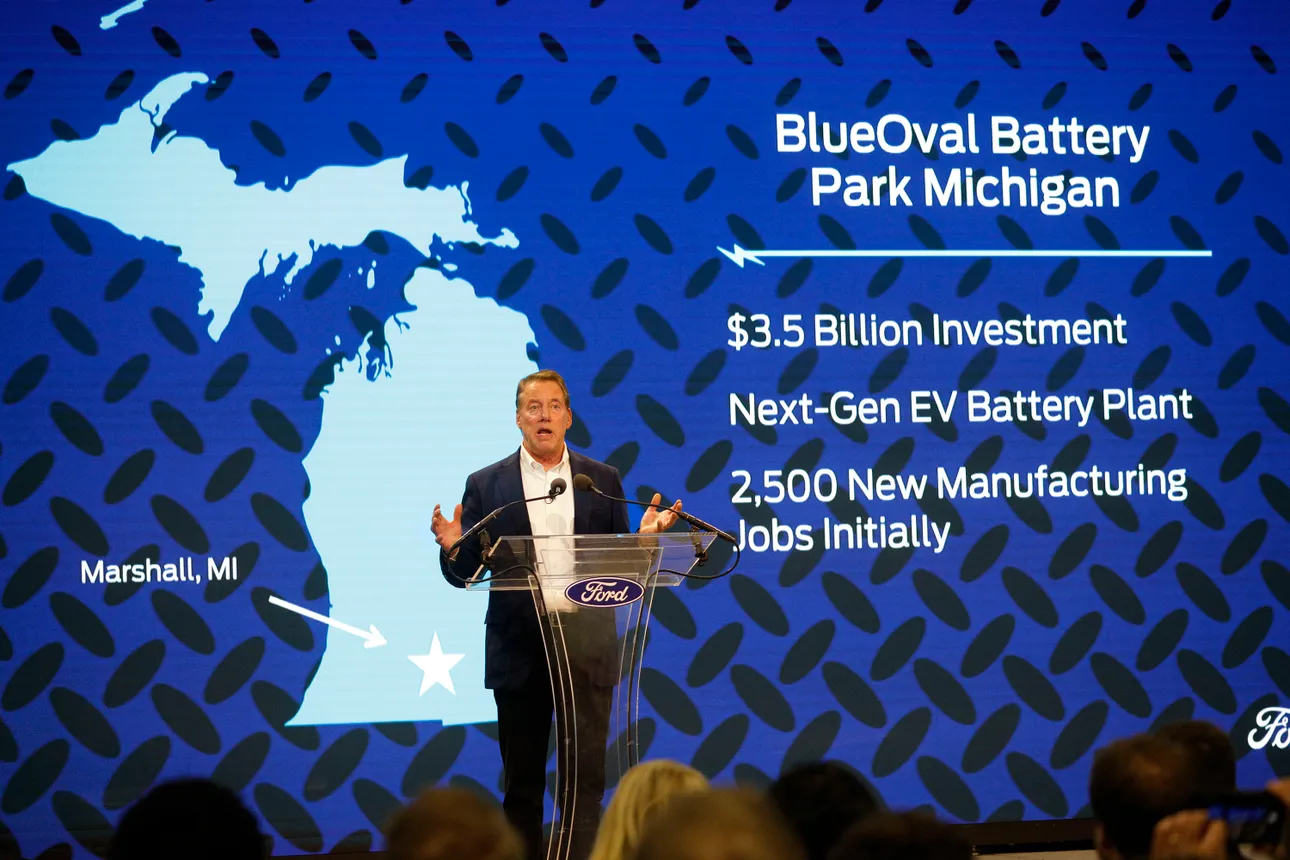
South Korea-based electronics giant Samsung is notoriously anti-union, Wheaton noted. Yet in the middle of the strike — and less than a week after GM agreed to cover battery plants under its UAW contract— Samsung and Stellantis announced a battery plant joint venture in Kokomo, Indiana. GM is also partnering with Samsung to build a battery plant in Indiana. Conversely, Wheaton said that Samsung’s chief competitor, LG, does not have an anti-union reputation.
Hughes-Cromwick is excited about what the EV transition will bring to U.S. manufacturing and the economy at large. In 2023 alone, at least 17 new U.S. EV battery cell or battery cell component projects were announced, according to data compiled by Wellesley College researchers.
“In just the past 12-18 months, from having nothing, we have created a brand-new industry in the form of battery cells,” Hughes-Cromwick said. The commitment to electrification “ensures that the auto sector in the U.S. remains an important generator of economic activity and job creation.”


